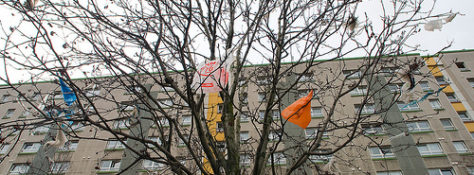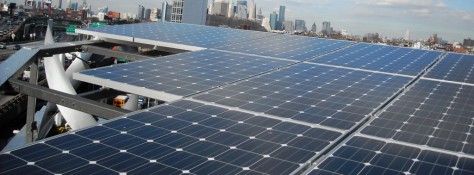News
Over the last few summers, you may have seen an increase in “Harmful Algae Bloom” warnings pop-up around your favorite
Learn MoreNews
New York State has long been at work in building their platform for building energy markets through their discussions on “Reforming the Energy Vision," and we're finally seeing the state’s utilities take action providing initial blueprints of how they plan to make the transition to distributed energy platform providers.
Learn MoreNews
Ocean acidification is already beginning to wreak havoc on New York’s marine wildlife, fishing, coastal economy, tourism, and recreation industries.
Learn MoreNews
New York City’s one million buildings account for over 70% of the city’s emissions, so building efficiency is a key part in the city’s overall push to dramatically improve air quality and reduce emissions. A series of mandates discussed in a City Council hearing this week would help ensure that the city is using energy in the most effective way possible so NYC can reach its goal of reducing emissions 80% by 2025.
Learn MoreNews
The call for climate action transcends regional boundaries, political affiliations, age, race and ethnicity, religion, and socio-economic status. We've all
Learn MoreNews
Just as fast as it was voted in by New York City Council, the Bag Bill, imposing a 5-cent fee on all plastic bags used at retailers in New York City, was at risk of being killed when New York State Senate approved a bill to ban the bag fee on Tuesday, June 7th.
Learn MoreNews
The current solar bureaucratic processes need to be rethought to ensure permitting does not hinder the growth of the solar industry so New York can reach its renewable energy goals
Learn MoreNews
The future of New York City’s solid-waste management system has come into question as a $3.3 billion waste deal just fell through. The contract between the Department of Sanitation (DSNY) and Progressive Waste Solutions subsidiary IESO would have shipped 27 million tons of waste by rail to a landfill in the Finger Lakes region over the next thirty years.
Learn More


